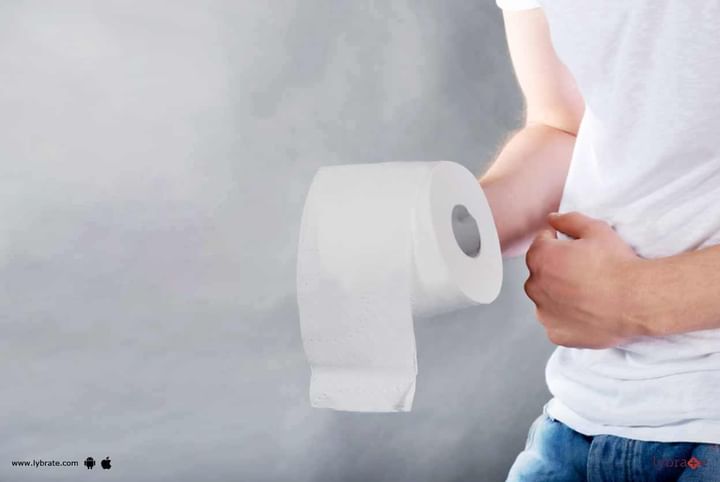Hemorrhoids - Everything You Should Know About It!
Hemorrhoids are masses, clumps, cushions of tissue in the anal canal - they are full of blood vessels, support tissue, muscle and elastic fibers.
Although hemorrhoids are thought of as unpleasant inflammations, we all have them.1 It is when the hemorrhoidal cushions become too big (inflamed) that problems occur - when this happens they are called piles or pathological hemorrhoids.
"Piles" are the swollen ones that are painful and cause problems, hemorrhoids can refer to the swollen ones (pathological hemorrhoids) or simply the normal structure.
Piles can be of various sizes and may be internal (inside the anus) or external ones (outside the anus). Typically, internal piles occur from 2 to 4cm above the opening of the anus. External piles (perianal hematoma) occur on the outside edge of the anus. The internal ones are much more common.
Internal hemorrhoids -
They are classified into four grades:
- Grade 1 - there are small inflammations, usually inside the lining of the anus. They are not visible.
- Grade 2 - larger than Grade 1 hemorrhoids, and also inside the anus. When passing a stool they may get pushed out, but soon return.
- Grade 3 - often called 'prolapsed hemorrhoids'; these appear outside the anus. The patient may feel them hanging out. They can be pushed back in if the patient presses with his/her finger.
- Grade 4 - these cannot be pushed back in and need to be treated by a doctor. They are large and stay outside the anus all the time.
External hemorrhoids -
called perianal hematoma. These are small lumps that are located on the outside edge of the anus. They are extremely itchy and can be painful if a blood clot forms inside (thrombosed external hemorrhoid). Thrombosed external hemorrhoid requires medical treatment straight away.
What are the signs and symptoms of piles?
A symptom is something the patient feels and describes, such as a pain, while a sign is something everybody can see, such as a rash.
- A hard lump may be felt around the anus. It consists of coagulated blood, called a thrombosed external hemorrhoid. This can be extremely painful.
- After going to the toilet, a feeling that the bowels are still full.
- Bright red blood after a bowel movement.
- Itchiness in the anus area.
- Mucus discharge when emptying the bowels.
- Pain while defecating.
- The anus area may be red and sore.
- When passing a stool the person may strain excessively.
Why do piles occur?
The blood vessels around the anus and in the rectum will stretch under pressure and may swell or bulge. Inflamed veins (hemorrhoids) can develop when pressure increases in the lower rectum. This may be due to:
- Chronic constipation
- Chronic diarrhoea
- Lifting heavy weights.11
- Pregnancy.12
- Straining when passing a stool.13
The tendency to develop hemorrhoids may also be inherited. The risk of developing piles grows with age
What are the treatment options for piles?
In the majority of cases, piles resolve on their own without the need for any treatment. Treatments can help significantly reduce the discomfort and itching that many patients experience.
A good doctor will initially recommend some lifestyle changes.
Diet - piles can be caused by too much straining when doing bowel movements, which is the result of constipation. A change in diet can help keep the stools regular and soft. This involves eating more fiber, such as fruit and vegetables, or even switching your cereal breakfast to bran.16
Water is the best drink, and the patient may be advised to increase his/her water consumption. Some experts say too much caffeine is not good.
Body weight - if the patient is obese, losing weight may help reduce the incidence and severity of hemorrhoids.
Simple things you can do yourself to help prevent piles:
- Try not to strain when you go to the toilet.
- Avoid laxatives.
- Exercise.
HOMEOPATHY TREATMENT FOR PILES
it is treated in homeopathy by constitutional medications which relives ressure and which initiates free stools. Thus, constitutional homeopathic medications restore your body’s normal functions.



+1.svg)
